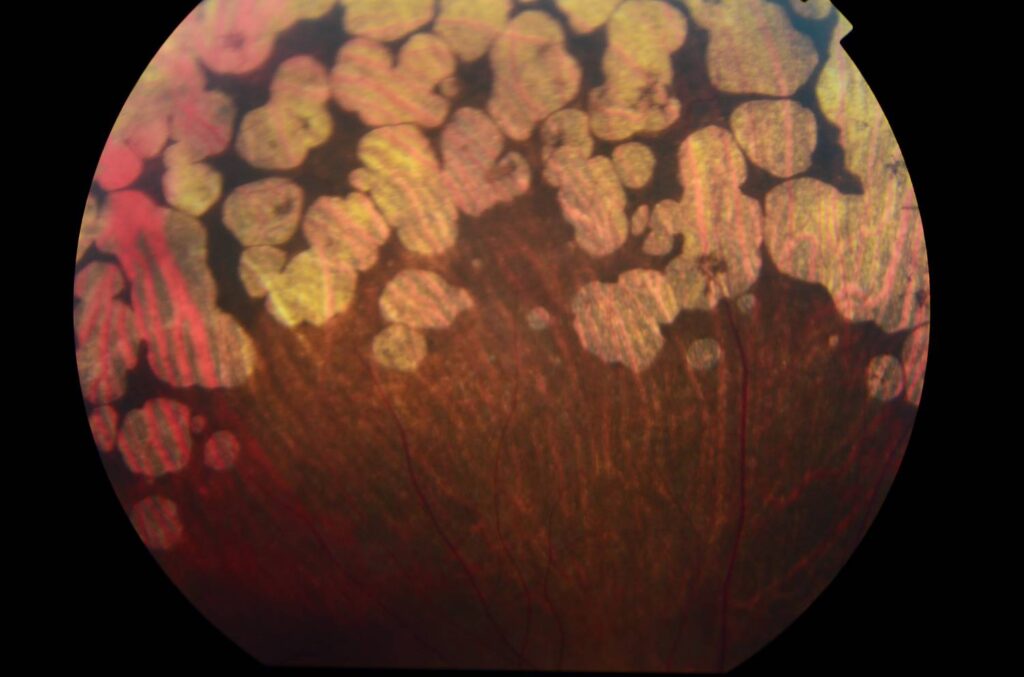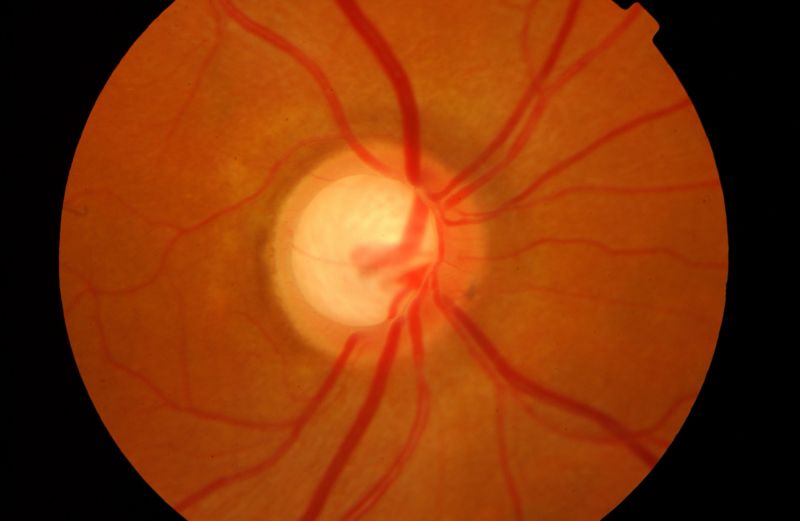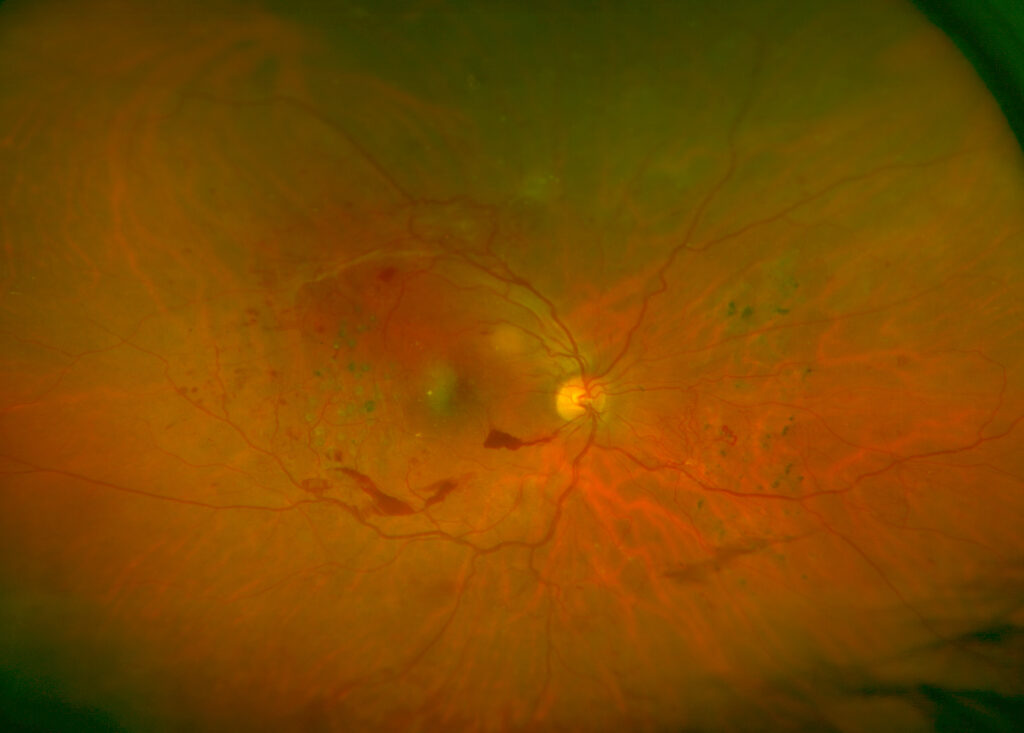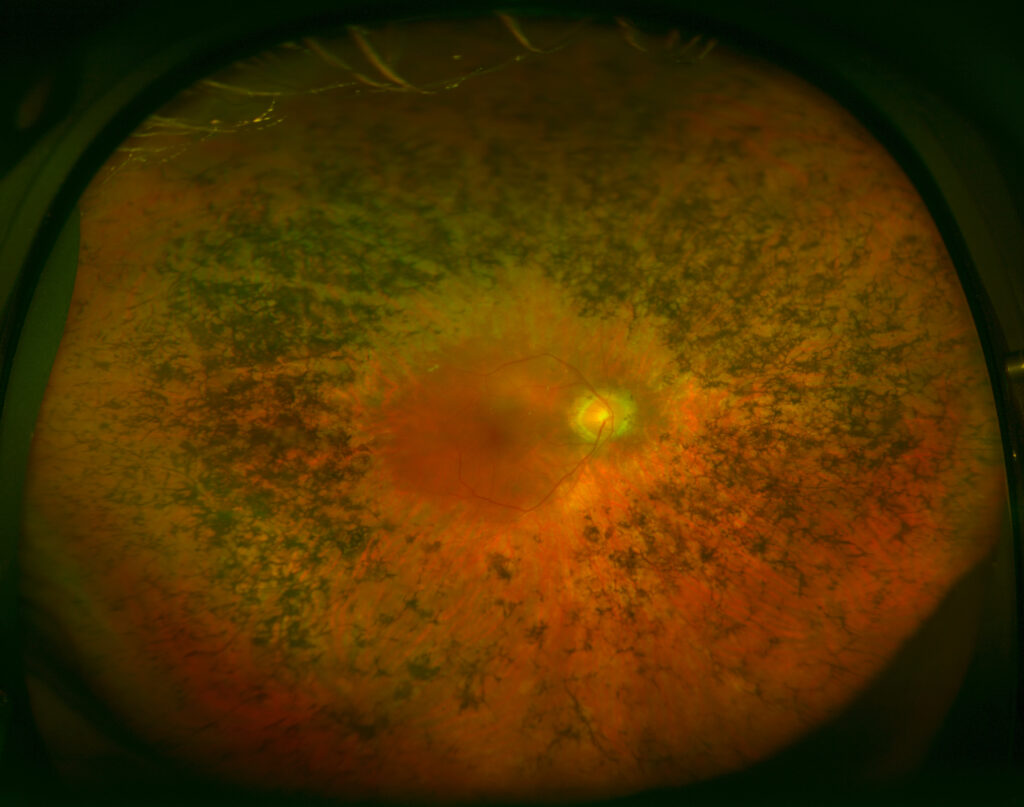Symptoms
Loss of peripheral vision
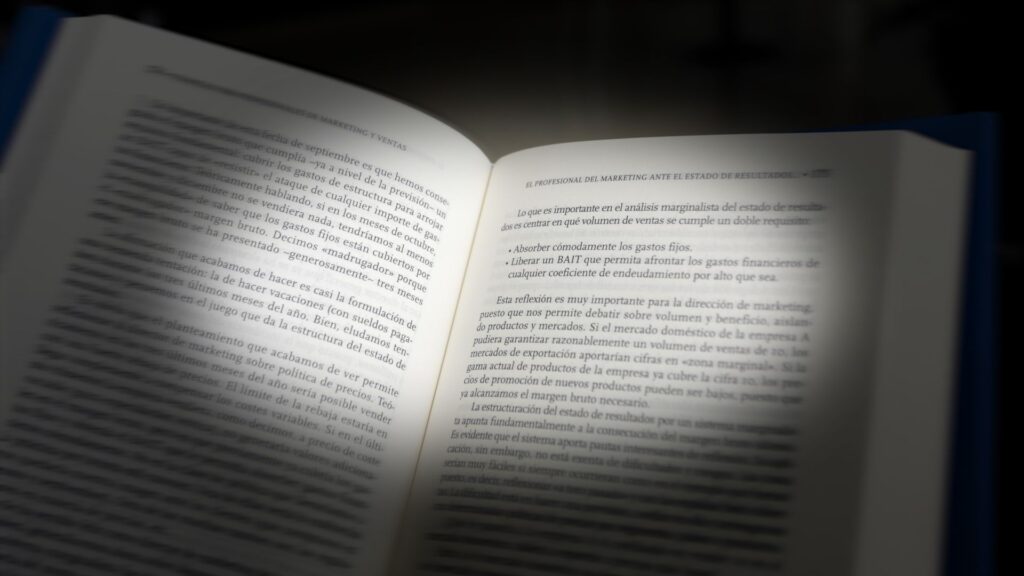

What is the loss of peripheral vision?
Peripheral vision is related to the locating and recognition of the visual information around the object on which you focus. In other words, it enables you to see your surrounding environment in general, whereas central vision is responsible for the finer details.
Making out the entire extent of the visual field is possible thanks to the work of the rod cells, around 120 million highly specialised photoreceptor cells located in the retina that are used in peripheral and night vision. The optic nerve, which connects the retina with the brain, must also be in good condition and preserve its nerve fibres.
Associated pathologies
As well as being associated to some retinal diseases, loss of peripheral vision might also be due to optic nerve inflammation and pathologies, or injuries and accidents affecting the visual zone of the brain, such as a stroke.
What effects does a loss of peripheral vision have?
A loss of peripheral vision is a symptom that is characterised by a reduction in the visual field: you no longer see the sides, but continue to distinguish what is in the centre. This is known as “tunnel vision”, which might become narrower as certain eye diseases progress.
It might often go unnoticed until the loss of peripheral vision is severe, as it is neither evident nor is it normally accompanied by other symptoms such as pain. However, eye damage is present and it can be diagnosed in the ophthalmologist’s consulting room.
It is important to detect a loss of peripheral vision to be able to treat it early and appropriately, and to prevent it from affecting your independence in carrying out everyday activities, such as walking along the street, climbing up and down stairs, or driving. Blows, falls, or scares at the wheel that are more frequent than usual often warn of this problem.
How to act in the event of a loss of peripheral vision?
As with a loss of central vision, a loss of peripheral vision is considered an ophthalmological emergency. Therefore, if you notice your visual field narrowing and you see the sides become darker or blurred, arrange an appointment with a specialised because the visual consequences might by irreversible.
Also remember that a reduction in your visual field often progresses slowly and you most likely will not notice it. As a result, the only way of being able to take measures is its detection through an eye examination. We therefore recommend regulation check ups at the ophthalmologist for all patients, especially those over the age of 40.
In the event of a loss of peripheral vision or of visual field, the Miranza centres have areas that specialise in poor vision, and where our team will give you advice on how to make the most of your remaining eyesight and enjoy a better quality of life.
